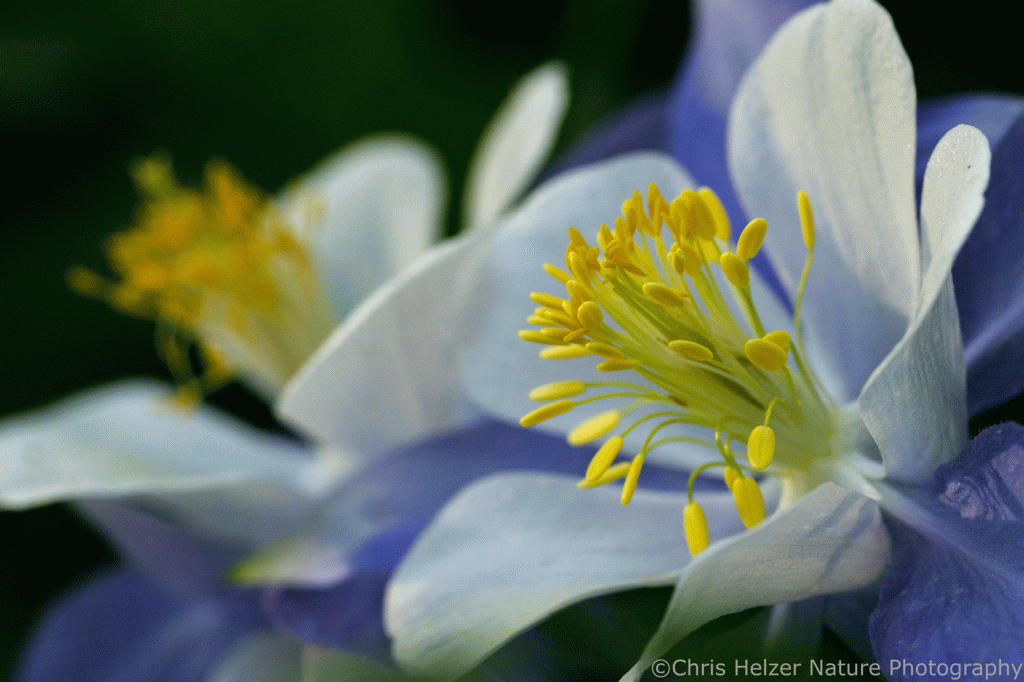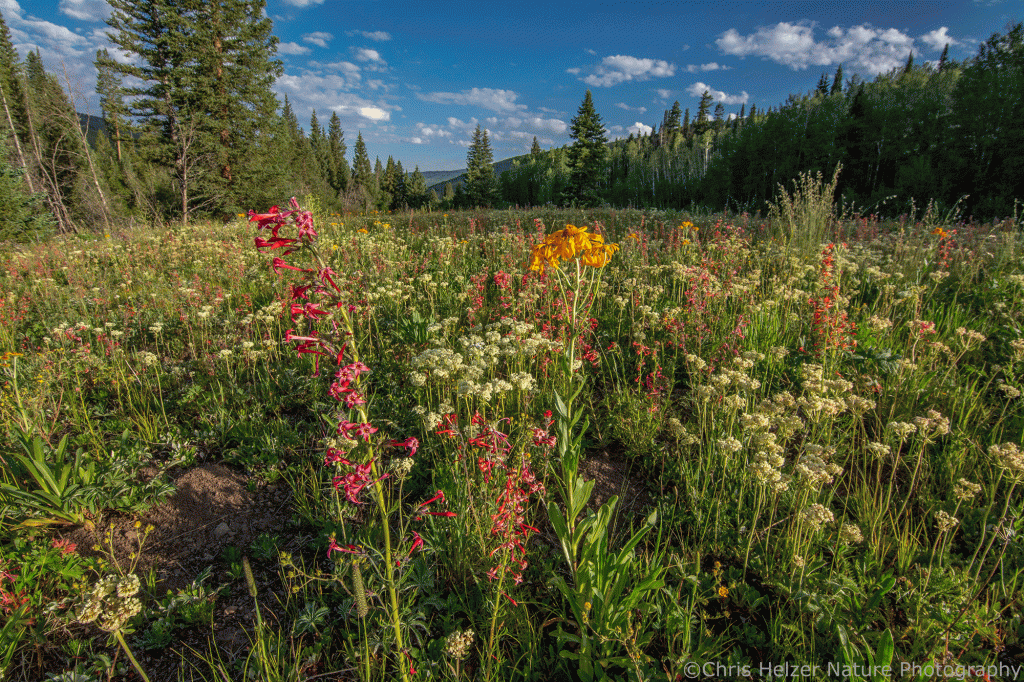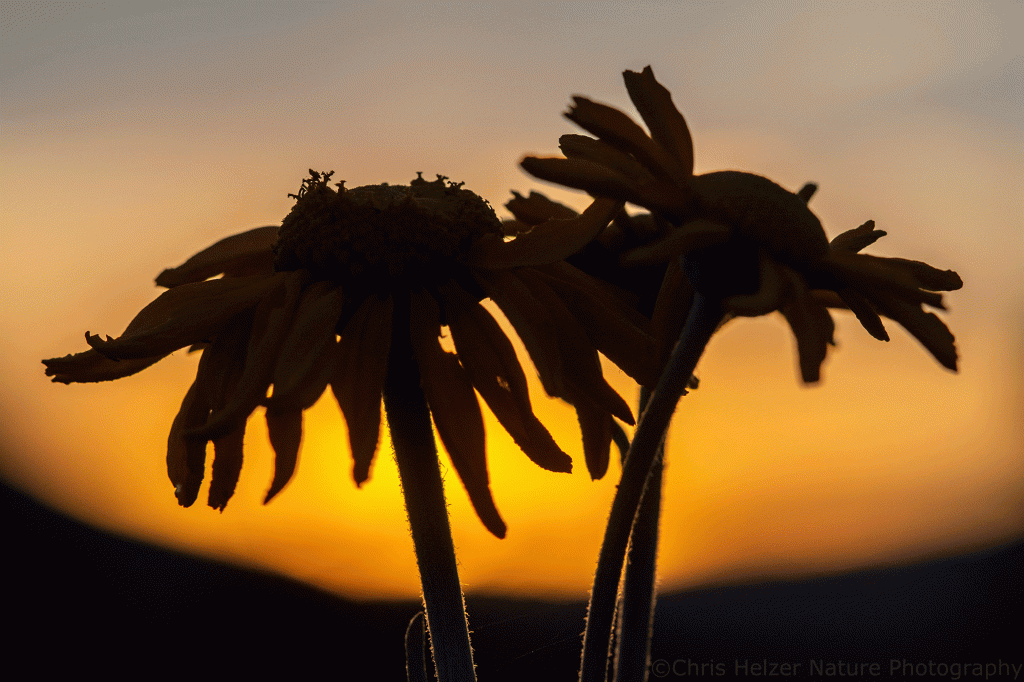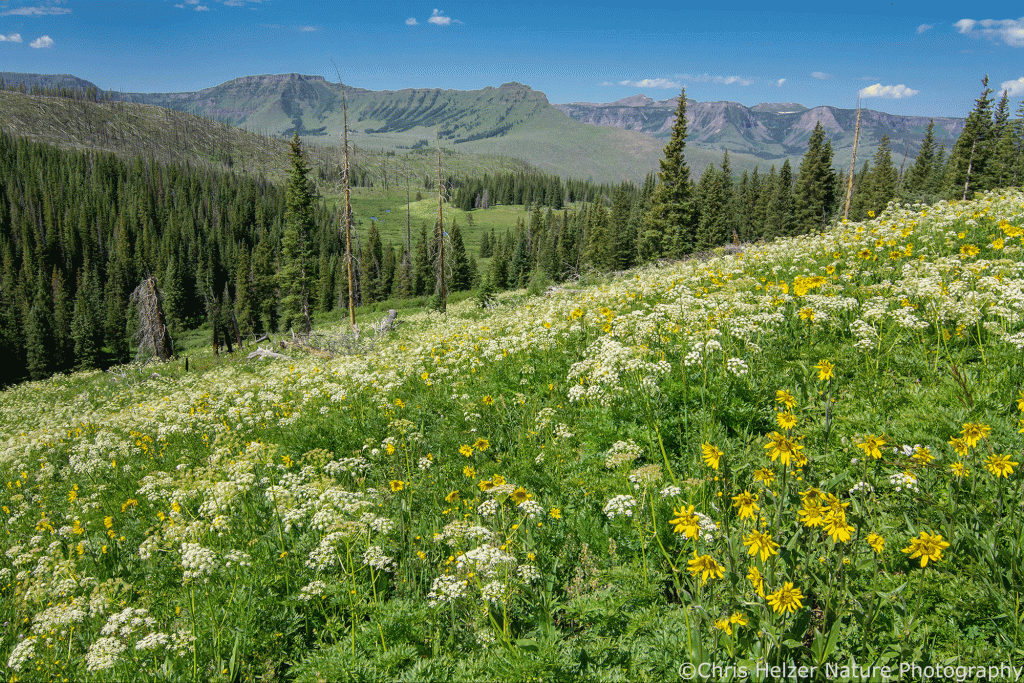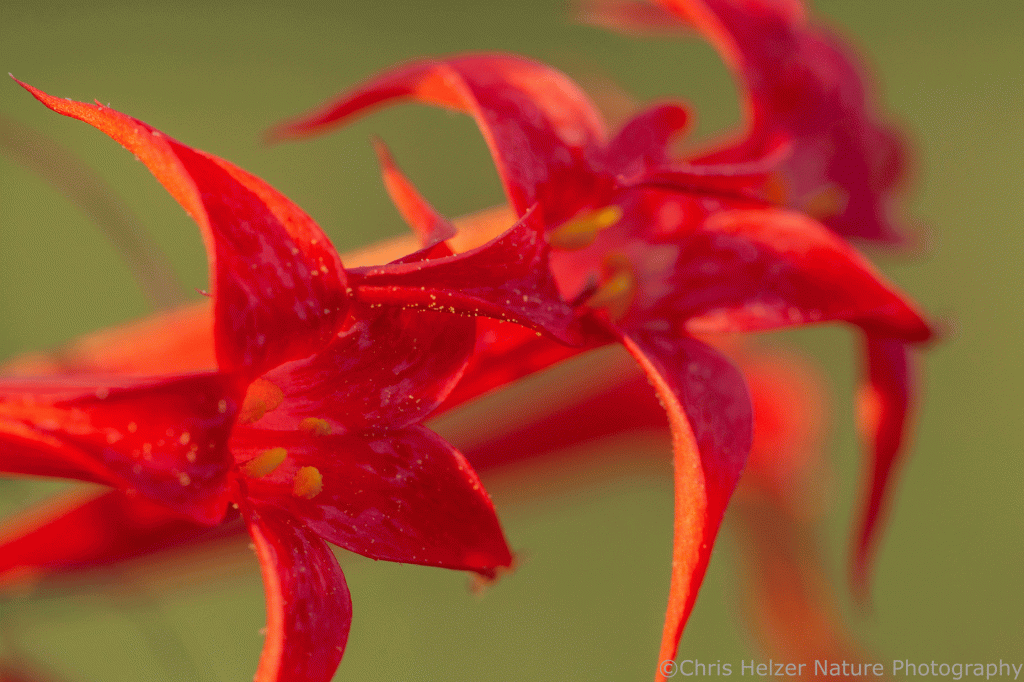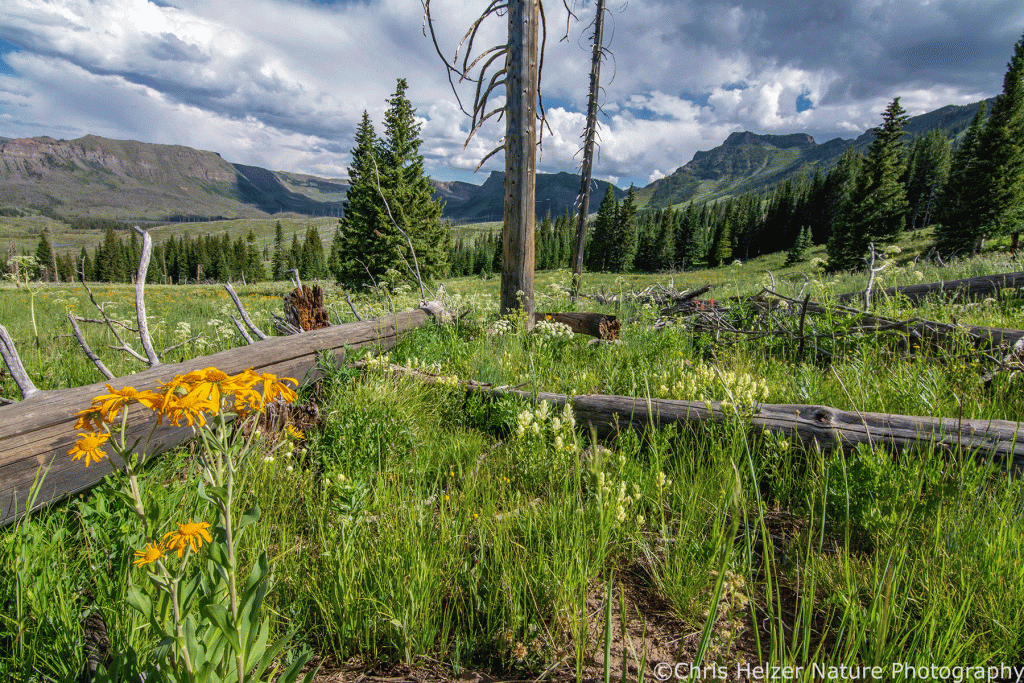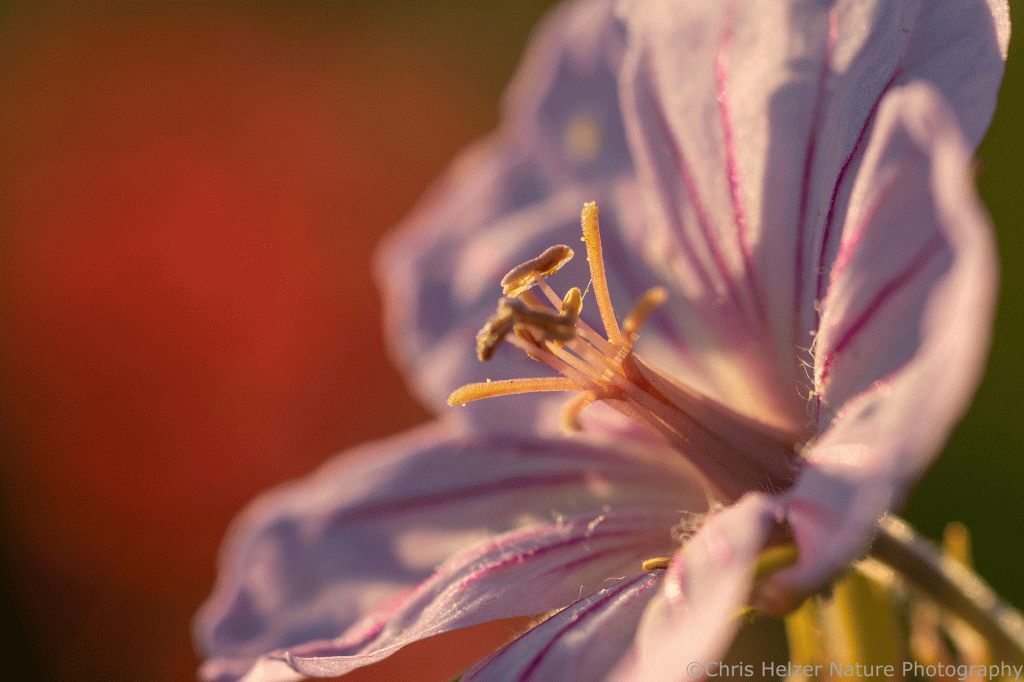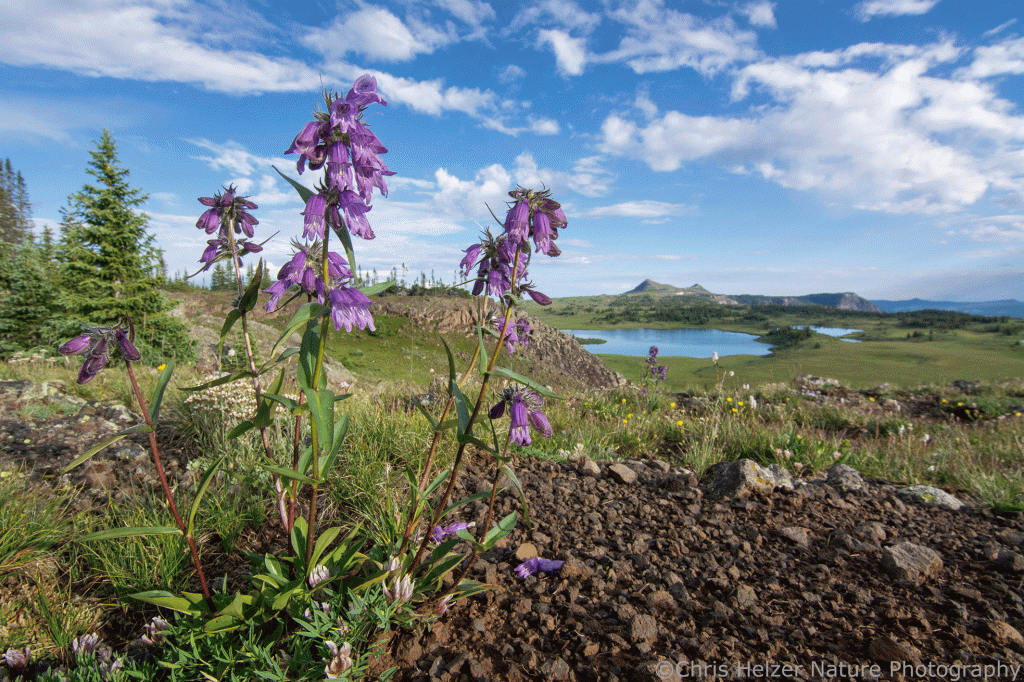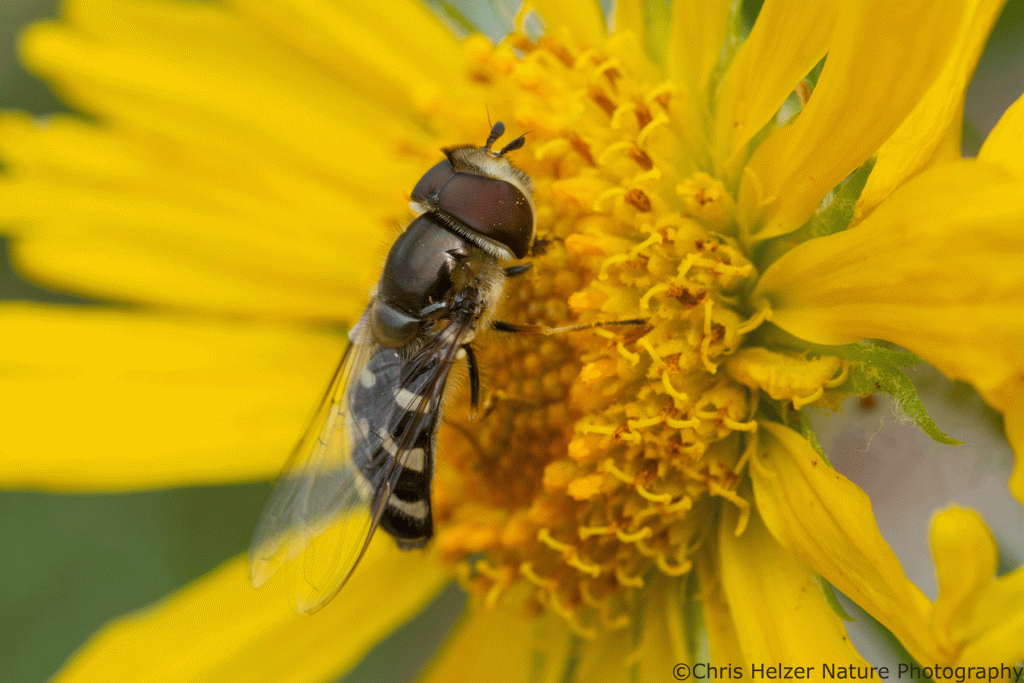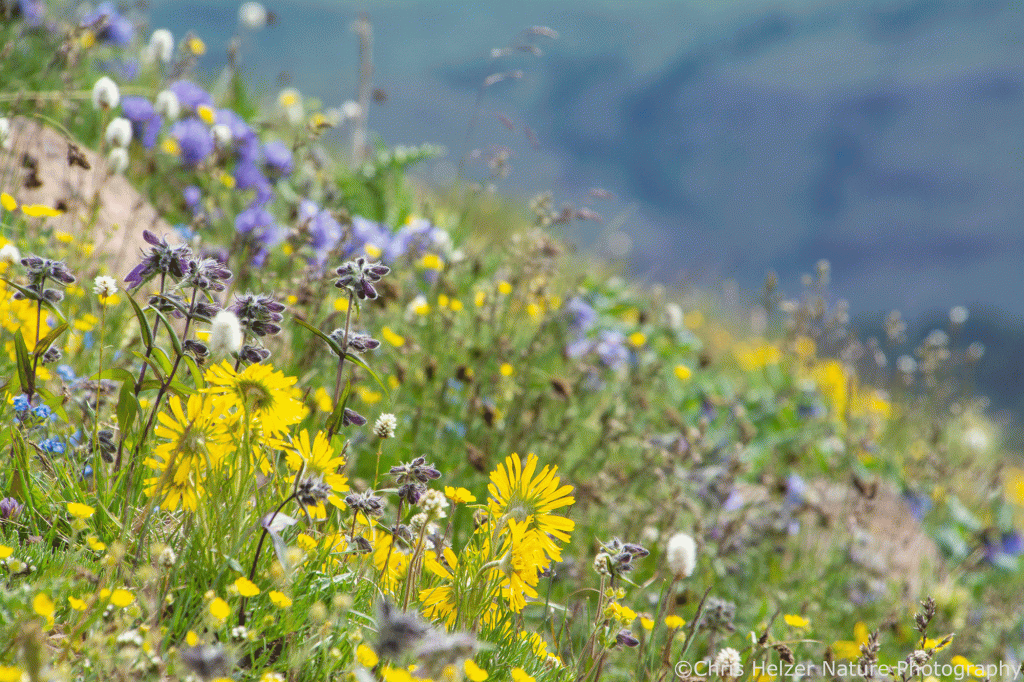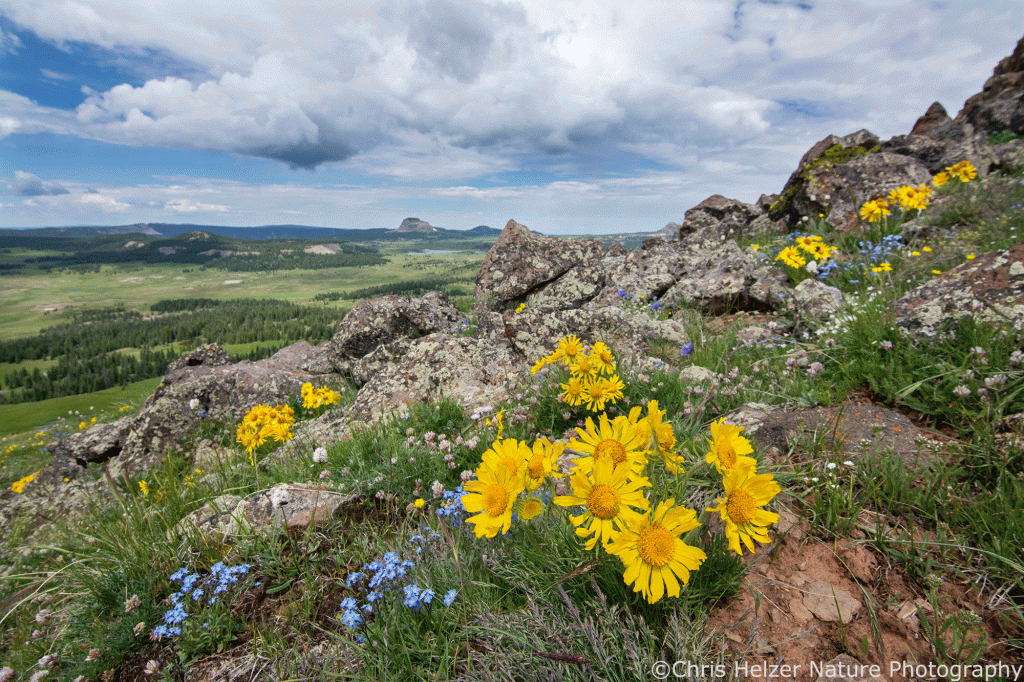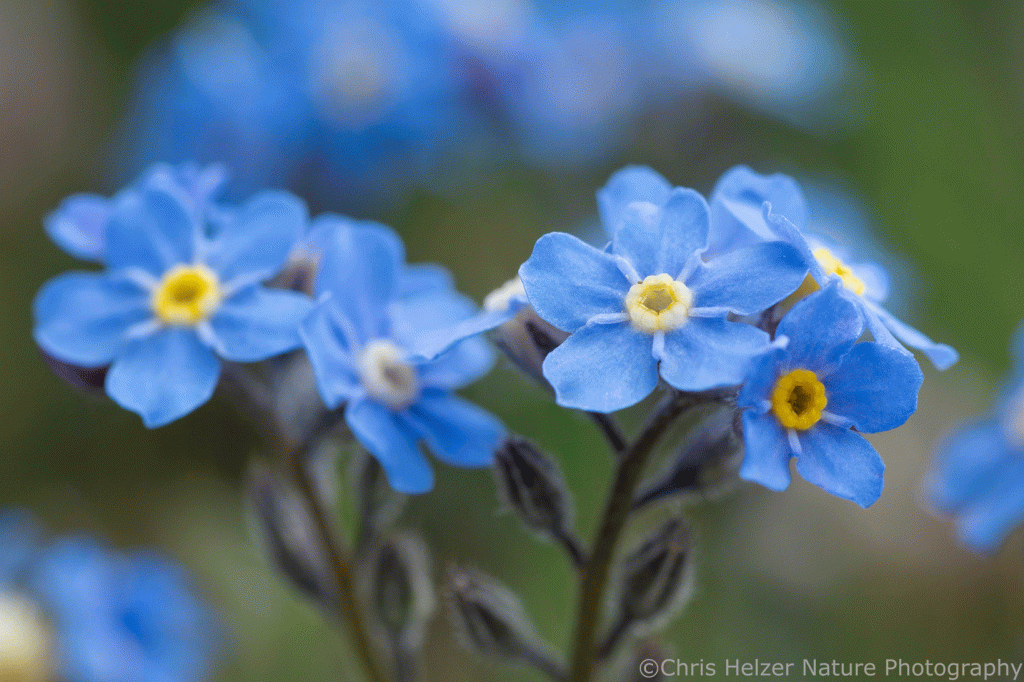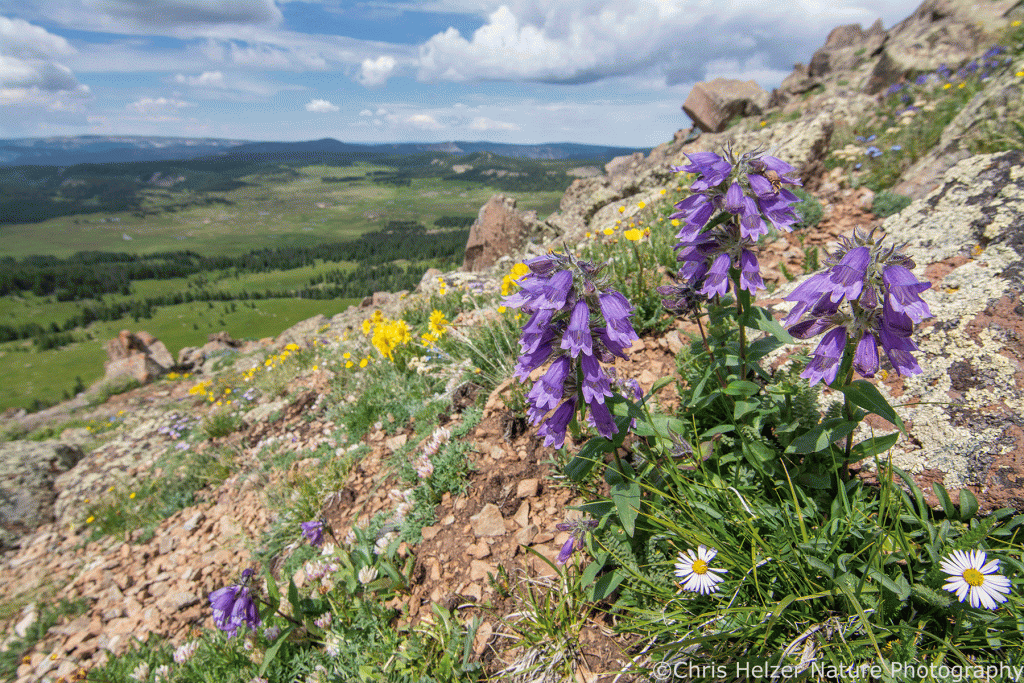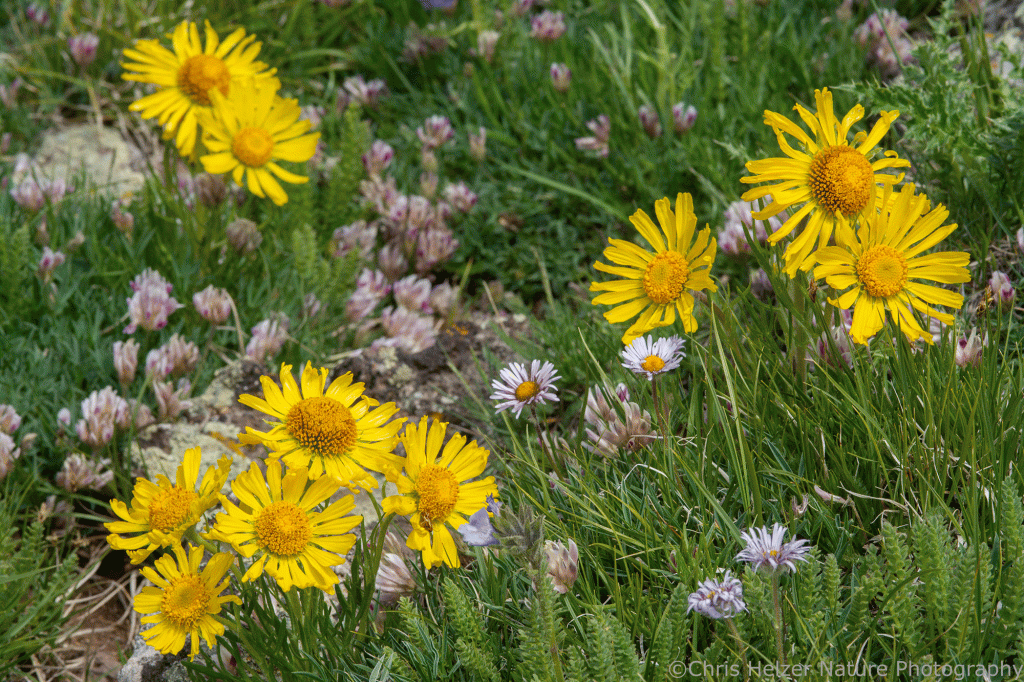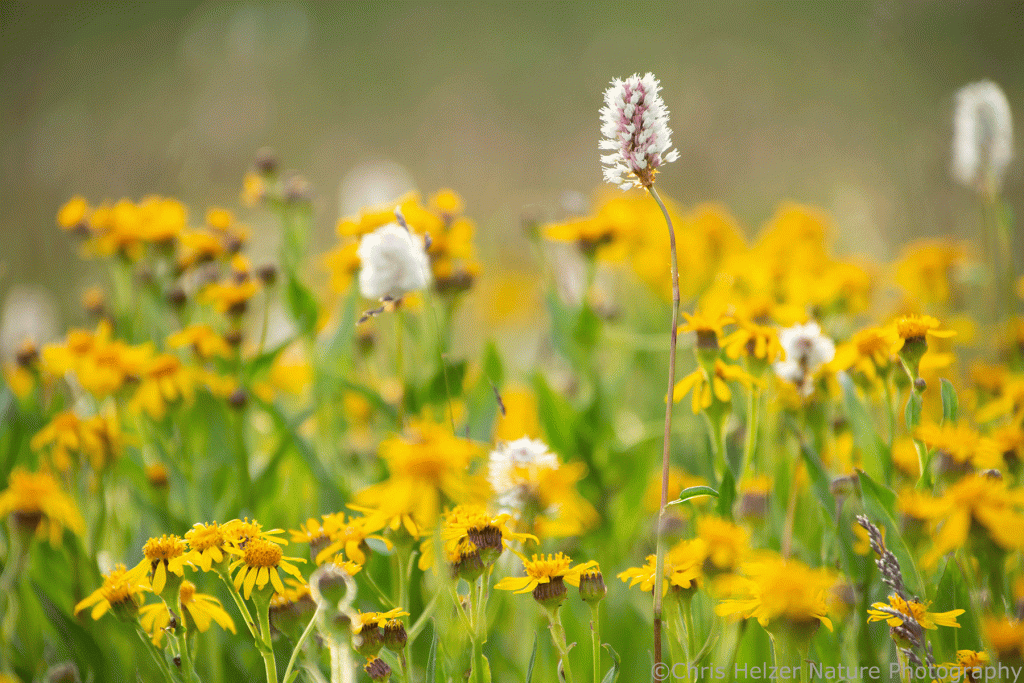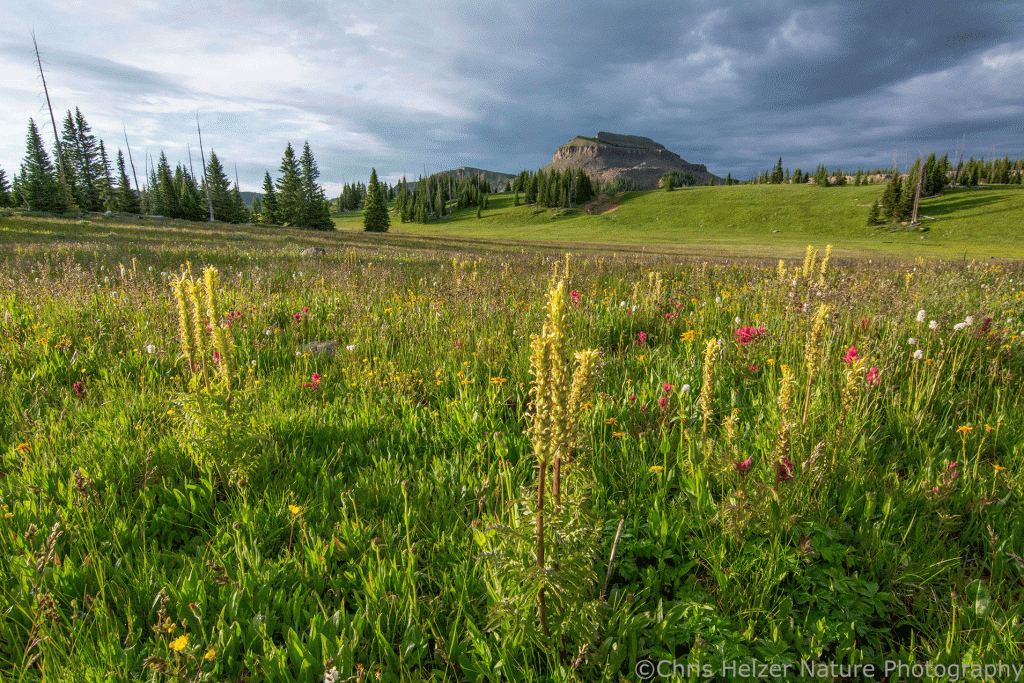This post is going to make me sound like a cranky old man. So be it. I’ve been thinking about writing this for a long time and finally couldn’t keep it in anymore. If you don’t want to read a bunch of gripes about camera equipment, feel free to skim this or just skip it altogether. There’s a pretty photo at the beginning and another at the end. Apart from those, there’s probably nothing here most of you will care about.
You’ve been warned.
Much of my photography features small subjects in nature. Because of technical issues related to shutter speed and depth of field, especially in the kind of low light conditions that produce the best images, a tripod is a crucial part of my photography. I need to be able to hold my camera rock solid while trying to focus on the tiny hairs of a plant’s stem or the multi-faceted eye of an insect.
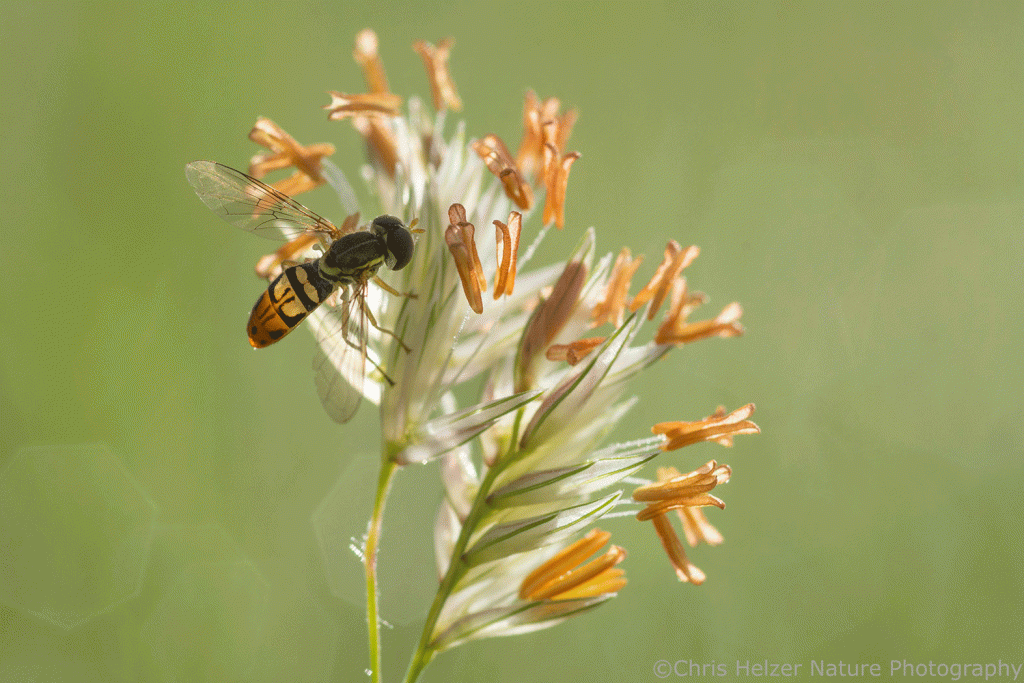
Because a lot of plants, insects, toads, and other small creatures hang out on or near the ground, I need a tripod that holds my camera down there too. That doesn’t seem like a huge technological challenge. SO WHY DOES NO ONE MAKE TRIPODS THAT DO IT??
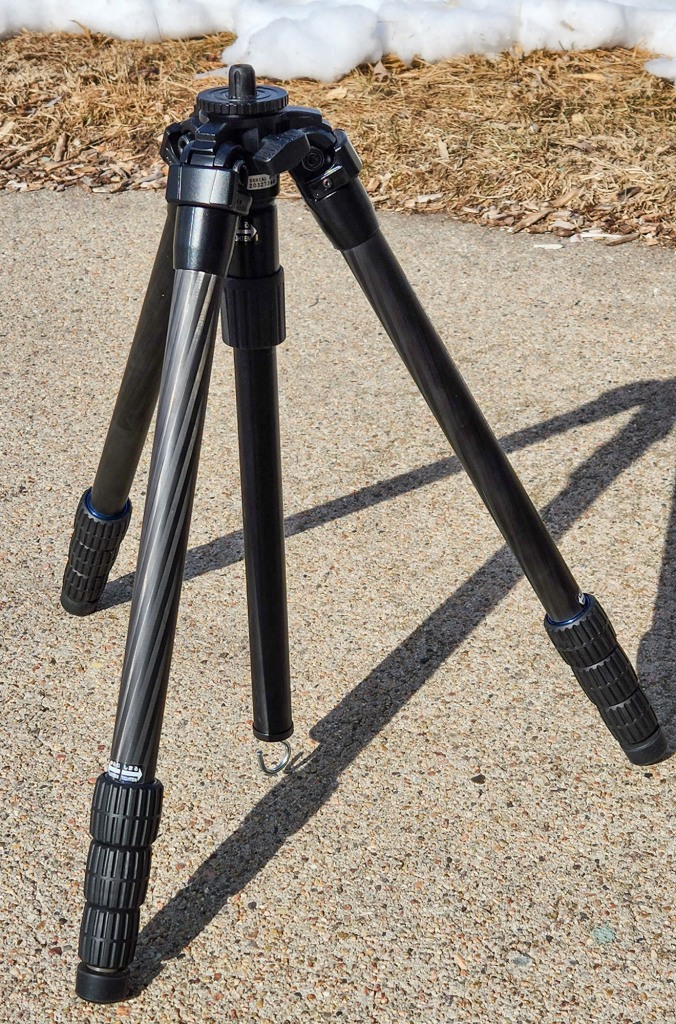
I know what some of you are thinking, but no, I don’t want to mount my camera upside down on the center post beneath the tripod. What a ludicrous idea. If I wanted to photograph things upside down, I’d go to Australia, where the whole world is upside down. (I’m pretty sure that’s true.) Either way, it’s hard enough to compose photos right side up. I don’t need to add more degrees of difficulty.
I’ve tried the style of tripod with a center post that comes up and then is hinged so it folds down toward the ground. It seemed like a possible solution, but no. I had multiple issues with it, but the primary one was that it didn’t hold the camera steady enough. A heavy camera on a long horizontal pole bounces around. That’s the whole point of tripods – there are multiple legs to support the camera so it doesn’t bounce. Another issue was the downward angle needed to get the camera close to the ground. The angle was acute enough that my tripod head couldn’t get my camera back into a horizontal position. I could go on but I won’t.
I also have one of those little plastic tripods with flexible/segmented legs that can bend in any direction and wrap around things. It’s helpful in some specific situations, but isn’t build sturdily enough to hold a camera still for slow shutter speed photos.
Am I really the only weirdo in the world who wants a tripod with legs that splay out horizontally so the tripod head is at, or nearly at, the surface of the ground?? Apparently I am. I’ve been looking for years and still haven’t found anything that’s designed for what I need.
As a result, I buy ‘high quality’ tripods and chop them up to make them functional. It’s a dumb way of doing things, but for now, seems to be the only way to go. The tripod shown in this post can get its platform down to a fairly respectable height of about 7 inches off the ground. That might sound good until you remember that you still have to add a tripod head for the camera to sit on. That 7 inch height turns into about 12 inches, which is too high when I want to be face to face with a cricket frog or prairie violet.

The above photo shows the first part of the tripod I have to vandalize in order to make it work for me. It has little notches that allow me to lock each leg into one of three possible angles. The problem is that the topmost notch keeps the leg from spreading as wide as I need it to. To fix that, I get out my old bench grinder and make the notch bigger. I should not need to take a bench grinder to a brand new tripod. It’s obscene.
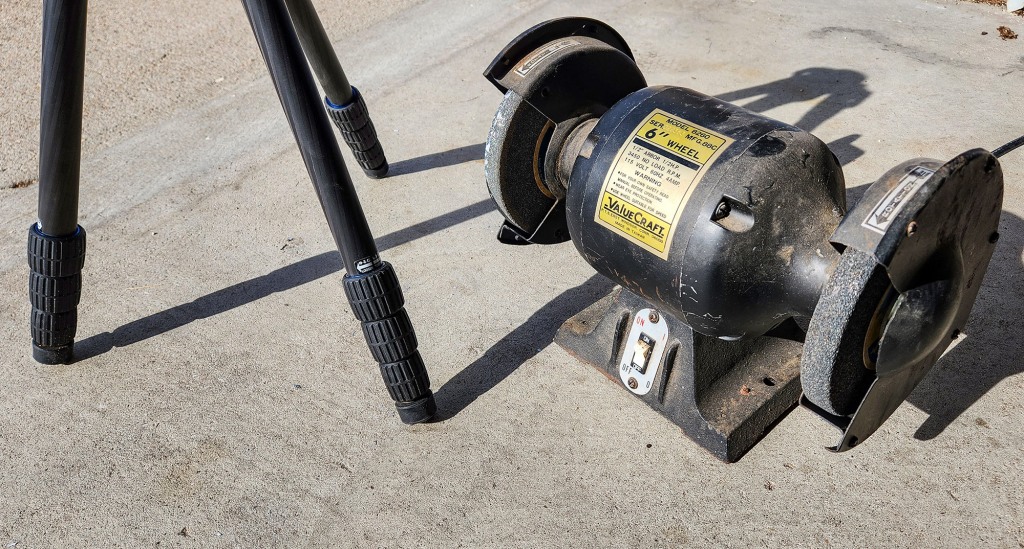
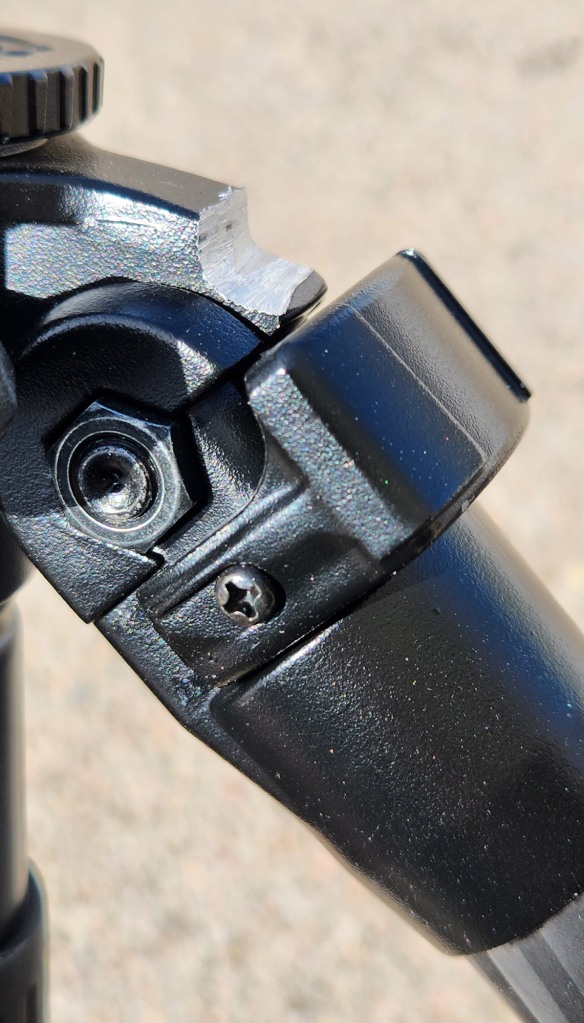
Once I’ve got the topmost notch on each of the three legs modified, I still have to take a hack saw to the center post to get it out of the way. This means, of course, that I won’t be able to raise that center post higher than the height of the tripod legs anymore, but that’s apparently the price I have to pay to get the low elevation functionality I need. Some tripods allow you to unscrew most of that center post, but the remainder is still too long after I’ve messed with the legs. So, here comes Mr. Hacksaw.
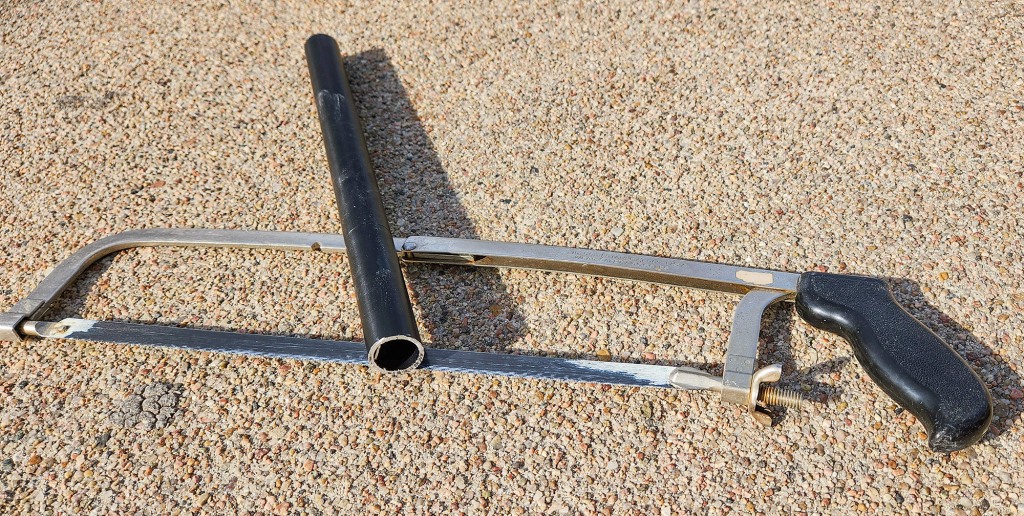
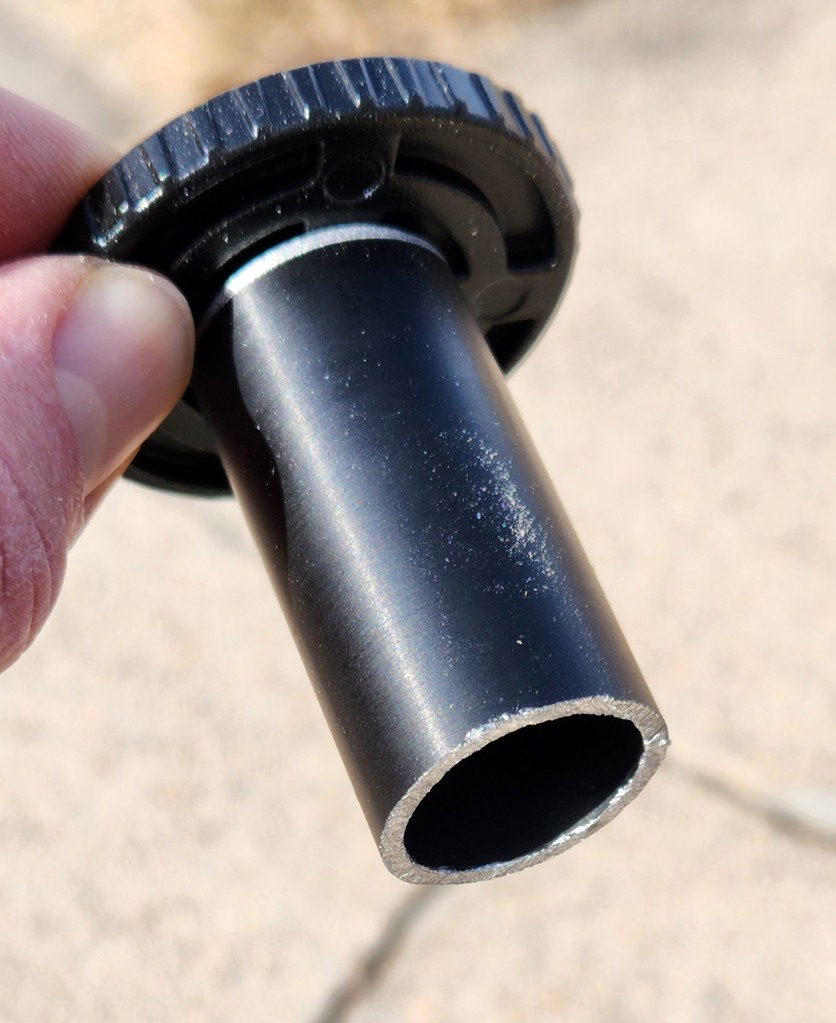
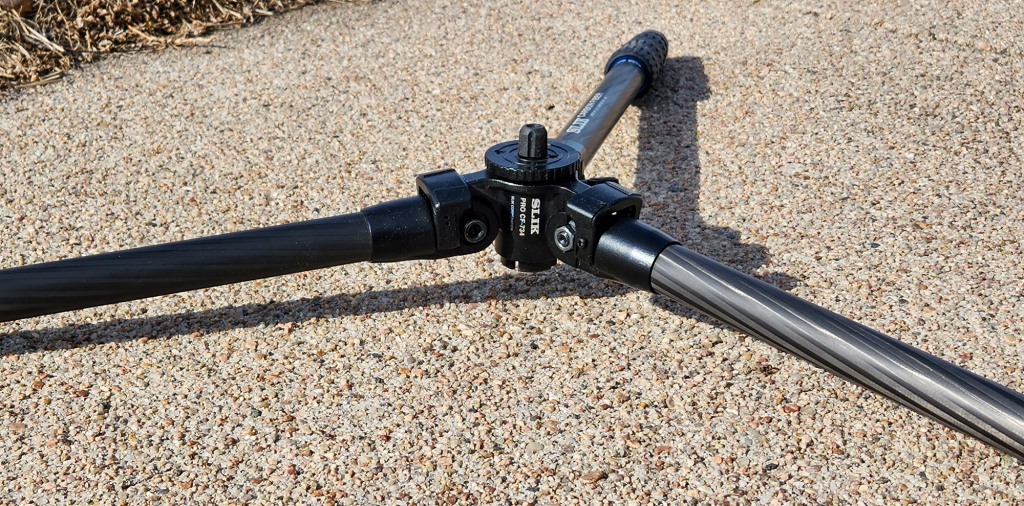
Once I get done with the grinder and hacksaw, I’ve turned an expensive piece of camera equipment into a disfigured mess, but it’s a disfigured mess that actually does what I need it do. The next thing is to add the tripod head.
This is another source of frustration. If you think my tone is bad already, this would be another opportunity to stop reading.
The best style of tripod head for nature photography is a ball head, which gives you a lot of versatility in positioning the camera. There are two main designs on the market and I hate them both. …I warned you about my tone.
One head design has two or three knobs to control positioning. One knob tightens the ball itself and another controls the swivel of the overall head. Both are necessary to get into position, but having to manipulate multiple control knobs when you’re trying to focus quickly on an insect ready to hop away is maddening. The third knob controls the tension on the ball to make the camera move more or less easily/quickly. All those knobs have purposes and can be useful for some kinds of photography but they’re awfully inconvenient for most of what I do.
Also, when you swivel the head, the knob controlling the camera position/angle swivels with it, moving it into inconvenient locations to reach. You might think, “Well, chucklehead, don’t swivel the head!”. Unfortunately, the design of the head requires you to swivel it if you want to tip your camera more than about 30 degrees off of horizontal. If you only shoot horizontal format photos (landscape format), that’s usually fine, but vertical format (portrait) is often really nice too. It seems reasonable that an expensive tripod head would allow me to shoot vertically without having to contort my arm/hand.
So if I need to swivel the head, the knob I tighten and loosen to adjust camera angle moves toward the right side of the tripod, or – at best – the side opposite me. If I’m holding the camera with my right hand (so I can press the shutter button), that means I’m using my left hand to reach the right side of the tripod, which is awkward, and sometimes nearly physically impossible. This gets even more frustrating when I’m working up close to an insect on a flower, for example, and to swivel the head and move my hand around to reach the knob risks bumping the flower and causing the insect to hop/fly away.
The other style of ball head has a single knob that controls both swivel and camera position. That’s a helpful start, except it has the same flaw as the 2-3 knob versions. When I swivel the head, the control knob goes with it.
All I want is a tripod head that allows my left hand to control the knob while my right handles the camera. My right hand can then move the camera, adjust exposure and push the shutter button while my left hand tightens and loosens the single knob when needed. In this scenario, the two hands can work together quickly and easily, allowing me to keep my eye on the subject instead of worrying about where the stinking control knob has swiveled off to.
I’ve only found one tripod head that does all that, and it’s been discontinued for a long time. It’s the Bogen (Manfrotto) 3262QR. QR stands for quick-release. I’ve bought a couple used versions of this online (they’re super cheap, which is nice) because it doesn’t appear anyone is going to make more of them.
Someone, somewhere, saw the light and designed a tripod head that makes sense. Why isn’t it still being made?
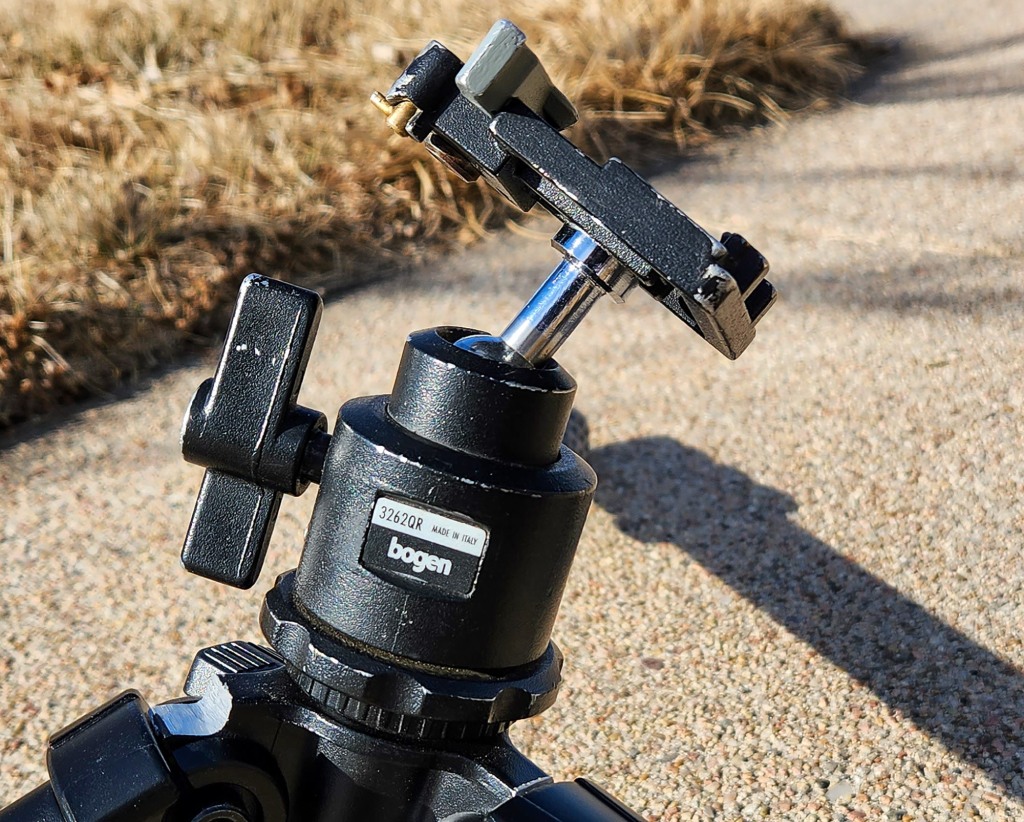
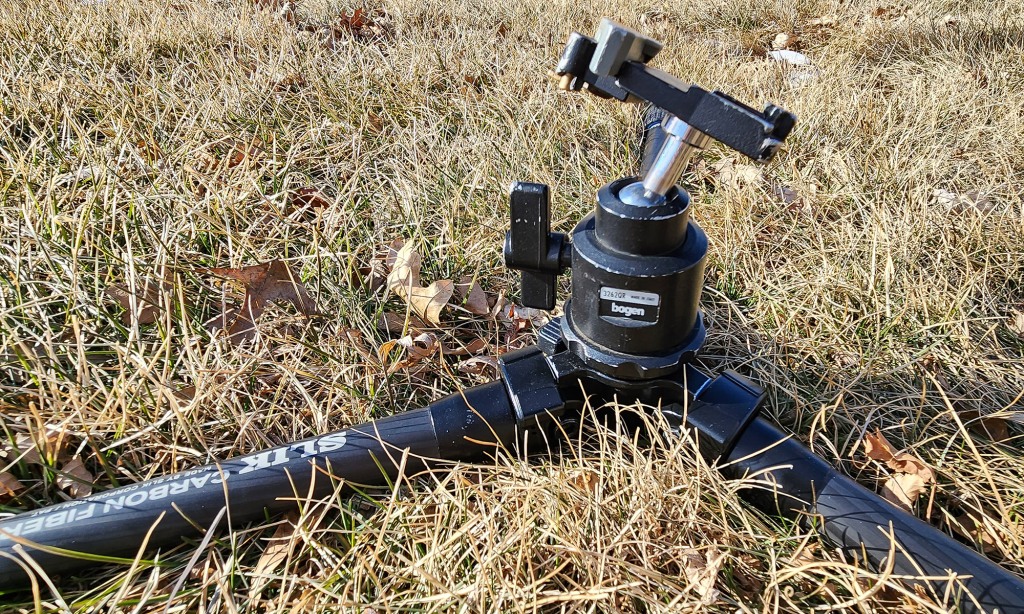
If you want to be a close-up nature photographer, it’s easy and fun to get started. Just buy a decent camera and a good macro lens. Then go online and try to find a used version of a tripod head that has been discontinued for years. If you’re lucky enough to find that head, order a nice tripod to go with it. When that tripod arrives, attack it with a bench grinder and hacksaw until it gives up and performs the way you need it to. Then, and only then, will you be set up to photograph the small organisms that make up the vast majority of the biological diversity on earth. Good luck!
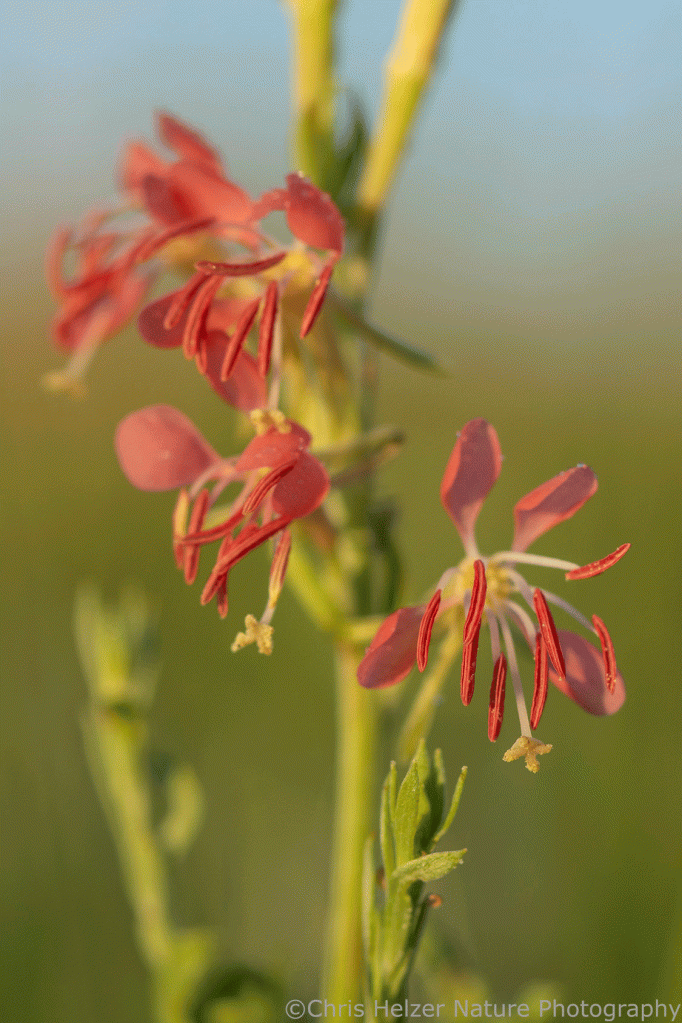
Ok, look. I know a lot of you photographers have read all this and think I’m a lunatic. I can hear you yelling at your screen.
“Just bump up your ISO and hand-hold the camera!”
“Use a flash to compensate for the low light!”
“Why am I yelling at this screen??”
Sure, I could do those things, but I don’t like using flash. First, it means more bulk to carry around with me in the field and I don’t want that. I’m often in the field for long hours and have enough to carry. Second, the look provided by natural light is a big feature of my photography and flash just can’t do everything natural light can do. I use flash when I really need it but it’s just not my thing.
Yes, I could hand-hold my camera and I often do. But there are numerous situations when that just doesn’t work well. When I’m trying to fine-tune my focus on something tiny, hand holding adds too much camera shake and frustration to an already challenging situation. A tripod also lets me be more thoughtful about composition and make small, but important changes in angle and perspective that produce the photo I really want.
I just want a tripod that gives me the option of a stabilized camera close to the ground. Why can’t I have a tripod that gives me that option??
Thanks for listening.


